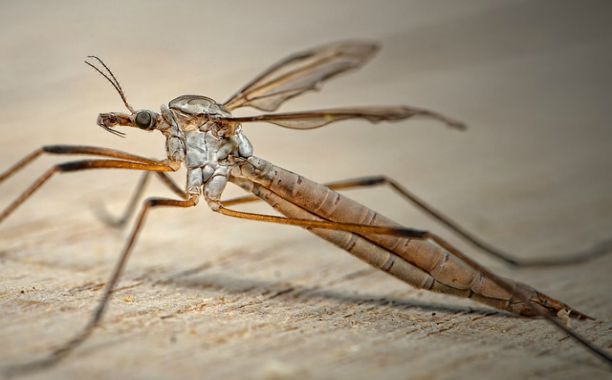Mosquitoes use their powerful sense of smell to track down their prey, according to a new study.
According to The National Monitor, sniffing out their hosts isn’t the only way mosquitoes choose their human targets. The insects have an array of powerful sensory to find the tastiest meal.
The study found that other than odors, visual cues and body heat also play a part in how the bloodsuckers decide on whom to dine. The use of citronella candles and other bug repellents may work for a time, but this triple-sensory strategy means it’s only a matter of time before mosquitoes sniff you out.
The adult females are the predatory blood trackers of the species, seeking out human blood to feed its young. They look for carbon dioxide (CO2) when choosing a victim, which all humans and animals exhale. They are also capable of using vision and thermal sensory to find their targets by site and body heat.
Mosquitoes can smell CO2 from up to 30 feet away, reports Jeff Riffell, co-author on the paper and researcher at University of Washington. Once a mosquito has zeroed in on the carbon dioxide, “they start using vision and other body odors to discriminate whether we’re a dog or a deer or a cow or a human,” Riffell said.
Carbon dioxide is the best signal for a warm-blooded animal, and they can sense that from up to 30 feet away – quite a distance. And then they start using vision and other body odors to discriminate whether we’re a dog or a deer or a cow or a human. That may be how they discriminate among potential blood hosts.
The study, which was published in Current Biology, put mosquitoes into a wind tunnel that was empty save for a black dot placed on the floor for visual stimulus, reports Christian Science Monitor. The researchers then used carbon monoxide to imitate a human’s breathing inside the tunnel, which trigged the insects to search for food.
“It’s almost like the carbon dioxide gas turned on the visual stimulus for the mosquitoes to go to this black dot,” said Riffell.
When we gave them the odor stimulus, all of the sudden they were attracted to this black dot. It’s almost like the carbon dioxide gas turned on the visual stimulus for the mosquitoes to go to this black dot.
Mosquitoes are carriers for such deadly diseases the West Nile Virus, malaria, and yellow fever, which can be transmitted to humans with their bite. Researchers hope to discover better traps for the mosquitoes in the future through the study.
























